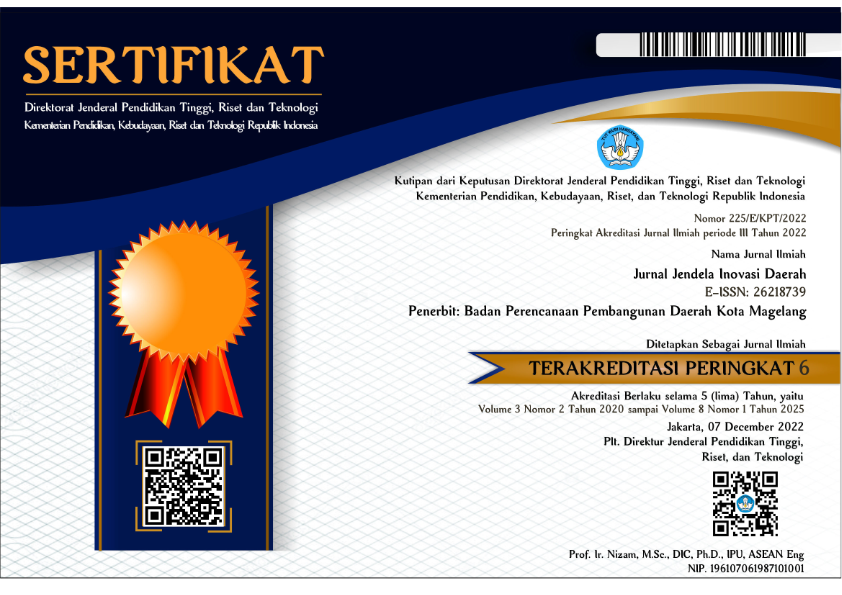DETERMINAN PENGANGGURAN DI INDONESIA: PENDEKATAN MODEL DINAMIS
Abstract
Unemployment is one of the fundamental economic problems in Indonesian. The four variables are obtained from BPS (Badan Pusat Statistik) and then converted into time series data. This research uses the Error Correction Model (ECM) to determine the impact of short- and long-term variables. Then the last step is followed by the classical hypothesis test, so that the data can be interpreted without any problems and the results meet the requirements of the best linear unbiased estimator (blue). In fact, many economic developments have created new jobs in Indonesia, capable of lowering unemployment rates at the national level. For example, in 2015-2019, when the Industrial Revolution 4.0 took place, where many foreign and domestic investments were made in massive economic development. However, the booming workforce is still not balanced with the available jobs. Population inequality and the unequal distribution of income are very visible impacts on slow economic growth. The more competent the human resources, the more efficient it will be in reducing unemployment. However, membership of the workforce is still not in balance with available jobs. The purpose of this study is to determine the correlation between GDP, APS, employment and unemployment in Indonesia in 1990-2019. In this study, GDP shows negative results in the short term and positive results in the long run, both of which have no effect on unemployment. APS has a negative result in the short term and has no effect on unemployment, while in the short term the result is negative but does have an effect on unemployment. The result of the short term- and long-term relationship variables are both negative and both have a significant effect on unemployment.
Copyright (c) 2023 Jurnal Jendela Inovasi Daerah

This work is licensed under a Creative Commons Attribution-NonCommercial-NoDerivatives 4.0 International License.
















